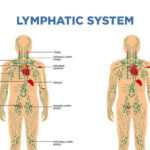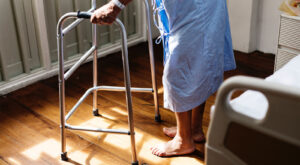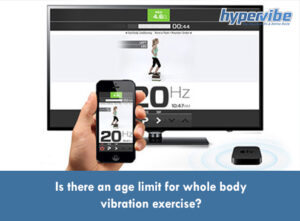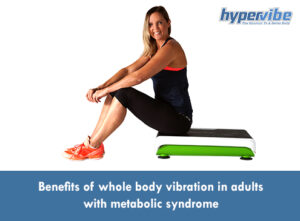Whole Body Vibration as an Exercise Tool for Patients with Haemophilia: What Are the Benefits?
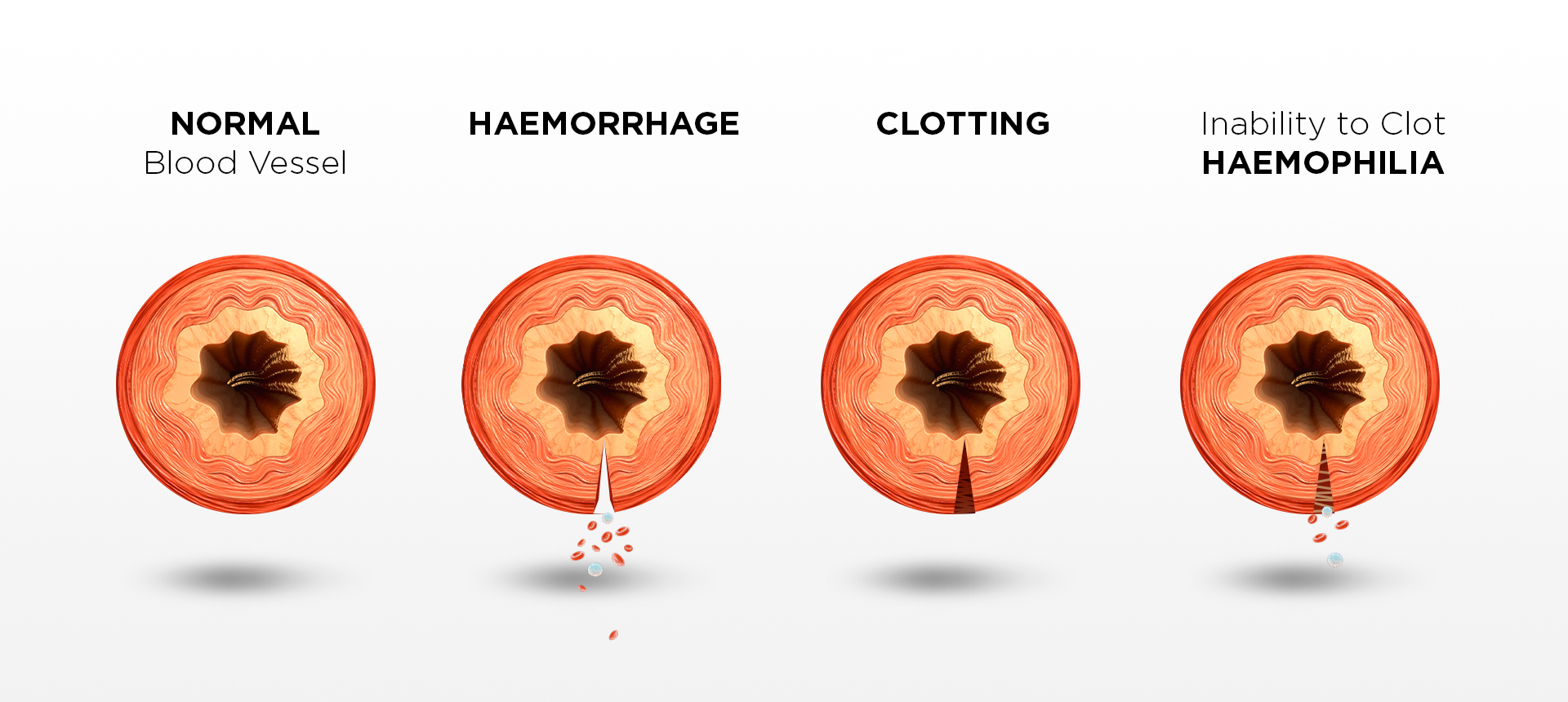
Haemophilia is a rare blood disorder that occurs in about 1 in every 5,000 births, affecting males more than females due to genetic factors. Haemophilia became highly publicized in the 1980s as awareness of the HIV/AIDS crisis began to grow. Anyone who was attentive to the news at that time may recall the case of Ryan White, a young boy with haemophilia who contracted HIV following a routine blood transfusion. While the topic of haemophilia was in the background of that story, it is still an issue that is worthy of attention today.
The prevalence of haemophilia in the United States was estimated to be about 20,000 in 2016, with a worldwide incidence of only 400,000. Due to the genetic defect that occurs on the X chromosome, males are disproportionately affected, as the son inherits the defective gene from the mother. It is more likely that females are carriers of the disease since they have two X chromosomes, although having an active form of the disease is also possible. There are proteins in the blood that are responsible for allowing the blood to clot, which is necessary to control bleeding. Due to a deficiency in these proteins, individuals with haemophilia are at risk for life-threatening injuries as a result of uncontrolled bleeding episodes since the blood cannot clot properly. Blood transfusions to replace the missing clotting factor are necessary to treat haemophilia and may either be self-administered or provided by a medical professional. In some cases, individuals develop an antibody known as an inhibitor that prevents the clotting factors from taking effect. In these cases, medical management is critical and very costly. There are Haemophilia Treatment Centers that are available in order to help patients manage the condition more comprehensively.
Haemophilia Type A (classic haemophilia) is diagnosed when there is a decrease or lack of clotting factor VIII, whereas haemophilia B (also known as Christmas disease, named after Stephen Christmas, the first person to be diagnosed with this form of the disease in 1952) is present due to a decrease or lack of clotting factor IX. Haemophilia B is four times less common than haemophilia A and is also referred to as the ‘royal disease’ as it was passed down through the lineage of Queen Victoria of England. Haemophilia C occurs when there is a lack of clotting factor XI and has a high prevalence amongst Ashkenazi Jews, affecting the general population at a rate of 1 in 100,000 people. Individuals who have this type of haemophilia have variable severity levels of bleeding, however, they do not tend to have the same risk for intracranial, muscle or joint bleeds.
Injuries or traumas which may be minor to the average person can have major negative consequences to someone with haemophilia. Symptoms include large or deep bruises (haematomas), uncontrolled nosebleeds, bleeding after dental work and surgery, and joint bleeding. Of the greatest concern is bleeding that occurs from even minor head trauma which may result in severe headaches, lethargy, vomiting, double vision, weakness and possible seizures. While haemophilia is inherited, there are cases in which people acquire the disorder without having a family history. This situation may occur in individuals with autoimmune conditions, cancer, neurological diseases such as MS or even after pregnancy.
People with haemophilia must take special care to avoid activities that will cause potential trauma (e.g. contact sports). Children are at an especially high risk for sustaining injuries, as they may not have a complete understanding of why they need to be cautious or the steps that they need to take to do so. Still, it is widely accepted that lack of activity contributes to more co-morbidities and a worse quality of life. What solutions can be offered to individuals who have conditions that preclude them from participating in traditional forms of exercise?
Over the past twenty years, whole body vibration has been studied in many different patient populations, including adult and paediatric patients who have neurological, pulmonary and orthopaedic conditions. Whole body vibration is a unique form of resistance training in which vibration elicits widespread muscle activity. While it is highly beneficial for individuals who are athletic or very physically fit, it is equally beneficial for those who are limited with regard to their exercise tolerance. Whole body vibration offers the option of a gentle, yet effective exercise delivered in a manner that most people, especially children, enjoy.
While haemophilia has not been at the forefront of WBV research, there was a 2017 study conducted in Saudi Arabia that examined the effects of WBV on the function of children with this disorder. Subjects included thirty boys between the ages of 9 and 13 who participated in either a study group that involved receiving both conventional physical therapy and a WBV program or in a control group that received physical therapy alone. The WBV program was administered three days per week for 12 weeks for a total of 15 minutes per session at a frequency of 30 to 40 Hz using a vertical platform known as the Power Plate. Two different exercises were performed, the first of which included sitting in a chair with their feet on the plate for three minutes, to familiarize the children with the sensation of vibration. The second exercise involved the performance of three sets of partial squats, completed with rest breaks in between each set. Researchers acknowledged that a vertical platform was chosen due to the expected upward transmission of vibration being more pronounced than that of a ‘rotational’ (side-alternating) plate, as documented in a previous study.
Outcome measures included quadriceps (thigh) strength, BMD (bone mineral density) and functional capacity as noted by the 6-minute walk test, a standardized measure developed by the American Thoracic Society that assesses walking endurance and aerobic capacity (amount of oxygen consumed by the muscles during activity). Results demonstrated a statistically significant change from baseline to the conclusion of the intervention for all three items. Researchers concluded that the WBV training program combined with physical therapy was more successful in improving strength, bone density and function as compared to physical therapy alone. While continued studies are needed to identify the most beneficial program designs for WBV for this and other patient populations, these preliminary results are promising.
REFERENCES
Articles:
Effect of Whole Body Vibration Training on Quadriceps Strength, Bone Mineral Density, and Functional Capacity in Children with Haemophilia: A Randomized Clinical Trial. S. El Shamy. Journal of Musculoskeletal and Neuronal Interactions. April 2017.
General Information:
Haemophilia News Today
https://hemophilianewstoday.com/hemophilia-type-c/
Johns Hopkins Medicine – Haemophilia in Children
https://www.hopkinsmedicine.org/health/conditions-and-diseases/hemophilia-in-children
Wikipedia
https://en.wikipedia.org > wiki > Ryan White
Organizations:
CDC Haemophilia Fact Sheet
https://www.cdc.gov/ncbddd/hemophilia/facts.html
Mayo Clinic Haemophilia Overview
https://www.mayoclinic.org/diseases-conditions/hemophilia/symptoms-causes/syc-20373327
National Haemophilia Foundation – Fast Facts
https://www.hemophilia.org/About-Us/Fast-Facts
National Organization for Rare Disorders – Haemophilia B





